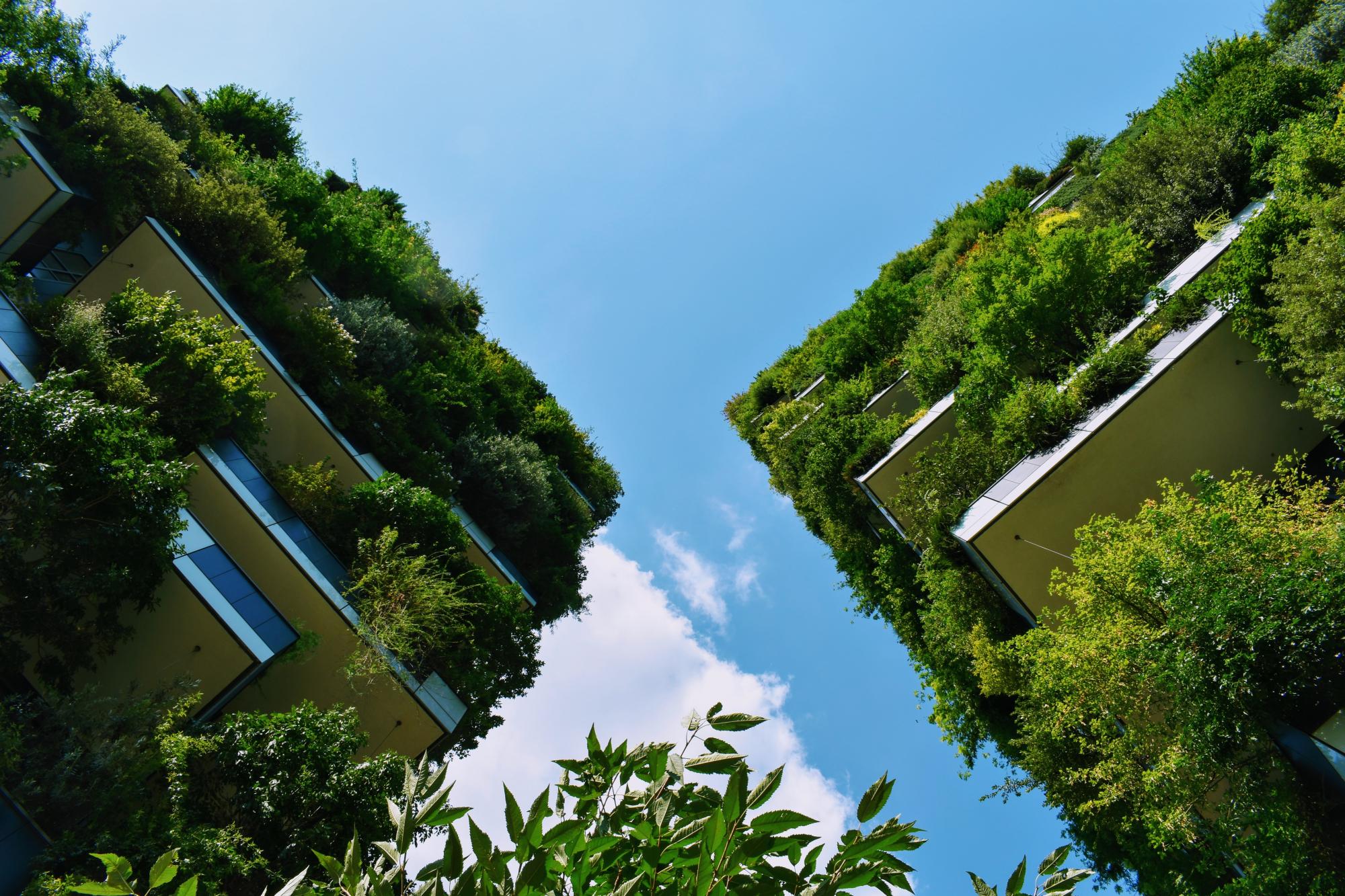The project involved the redevelopment of old military infrastructure at the periphery of the Zagreb city (Boronaj) into a green and carbon-negative university campus. The Boronaj campus has planned to be the green campus of the university and includes the use of renewable energy (biomass, geothermal and solar), treatment cell for wastewater and a huge green area (with trees and shrubs). The buildings (constructed and to be constructed) are planned to be carbon negative (Ref 1). A significant portion of the campus is the green areas (with trees and shrubs). This was created with the aim to contribute and maintain the native species diversity (Ref 3, 4). In addition to increasing the biodiversity of the city, the tree species has improved the air quality of the area and reduced the local air temperature. The project is partially completed. Some buildings are yet to be constructed. The Campus was officially opened on October 12th 2007 and for now, it hosts 4 university units: Centre for Croatian Studies, Faculty of Education and Rehabilitation, Faculty of Traffic Engineering and Faculty of Economics and Business (only vocational study programmes in economics and business). Five other faculties are also planning to relocate to the Campus in the next few years. Besides the (re)construction of university buildings, campus will be home to a sports centre, student residence hall and a number of institutes. The project is partially completed, some of the buildings are completed while some are yet to be constructed. (Ref 1, 3, 7).
Overview
Nature-based solution
- Grey infrastructure featuring greens
- Institutional green space
- Parks and urban forests
- Large urban parks or forests
- Pocket parks/neighbourhood green spaces
Key challenges
- Climate action for adaptation, resilience and mitigation (SDG 13)
- Climate change mitigation
- Environmental quality
- Air quality improvement
- Green space, habitats and biodiversity (SDG 15)
- Habitat and biodiversity restoration
- Green space creation and/or management
- Regeneration, land-use and urban development
- Regulation of built environment
- Water management (SDG 6)
- Stormwater and rainfall management and storage
- Improvements to water quality
- Health and well-being (SDG 3)
- Enabling opportunities for physical activity
- Social justice, cohesion and equity (SDG 10)
- Environmental education
- Economic development and employment (SDG 8)
- Employment/job creation
- Sustainable consumption and production (SDG 12)
- Sustainable consumption
- Sustainable production
Focus
Project objectives
Implementation activities
Climate-focused activities
Climate change mitigation:
- Increase green urban nature for carbon storage (wetlands, tree cover)
- Improve carbon sequestration through selection of more adaptable species
- Invest in public transport/bicycle infrastructure as a means to prevent car use
Biodiversity conservation or restoration-focused activities
Biodiversity restoration:
- Rehabilitate and restore damaged or destroyed ecosystems
- Restore species (native, endangered, or unspecified)
Main beneficiaries
- Researchers/University
- Citizens or community groups
- Young people and children
Governance
Management set-up
- Government-led
Type of initiating organisation
- National government
- Local government/municipality
- Researchers/university
Participatory approaches/ community involvement
- Co-planning (e.g. stakeholder workshops, focus groups, participatory mapping)
- Taskforce groups
- Consultation (e.g. workshop, surveys, community meetings, town halls)
Details on the roles of the organisations involved in the project
Project implemented in response to ...
Financing
Total cost
Source(s) of funding
- Public national budget
- Public local authority budget
- EU funds
Type of funding
- Earmarked public budget
Non-financial contribution
Impacts and Monitoring
Environmental impacts
- Climate change
- Lowered local temperature
- Enhanced carbon sequestration
- Reduced emissions
- Environmental quality
- Improved air quality
- Water management and blue areas
- Improved water quality
- Green space and habitat
- Increased green space area
- Restoration of derelict areas
Economic impacts
- Increase of green jobs (e.g. paid employment positions)
Socio-cultural impacts
- Social justice and cohesion
- Improved access to urban green space
- Increased involvement of locals in the management of green spaces
- Health and wellbeing
- Gain in activities for recreation and exercise
- Cultural heritage and sense of place
- Promotion of cultural diversity
- Improvement in people’s connection to nature
- Education
- Increased support for education and scientific research
Type of reported impacts
Presence of formal monitoring system
Presence of indicators used in reporting
Presence of monitoring/ evaluation reports
Availability of a web-based monitoring tool
References
2. Bojan Baletic. (2013) Campus Borongaj: A Living Lab for Zagreb. ppt. at UGAF conference in Lisbon.
3. City of Zagreb (2013) Zagreb Plan.
4. Pogledaj. Kampus Borongal tek lista lijepih želja. Available at: Source link. Accessed on 19th July, 2020.
5. Jutarnji list (2014) Zbog sporosti države propao najveci sveucilisni projekt od 500 milijuna eura. Available at: Source link. Accessed on 21st July, 2020.
6. City of Zagreb. (2016) Potpisan Sporazum izmedju Grada Zagreba i Sveucilista. Available at: Source link. Accessed on 21st July, 2020.
7. Boronaj Campus Network Operating Centre. Available at: Source link. Accessed on 21st July, 2020.
8. About the University. University of Zagreb. Available at: Source link. Accessed on 21st July, 2020.
